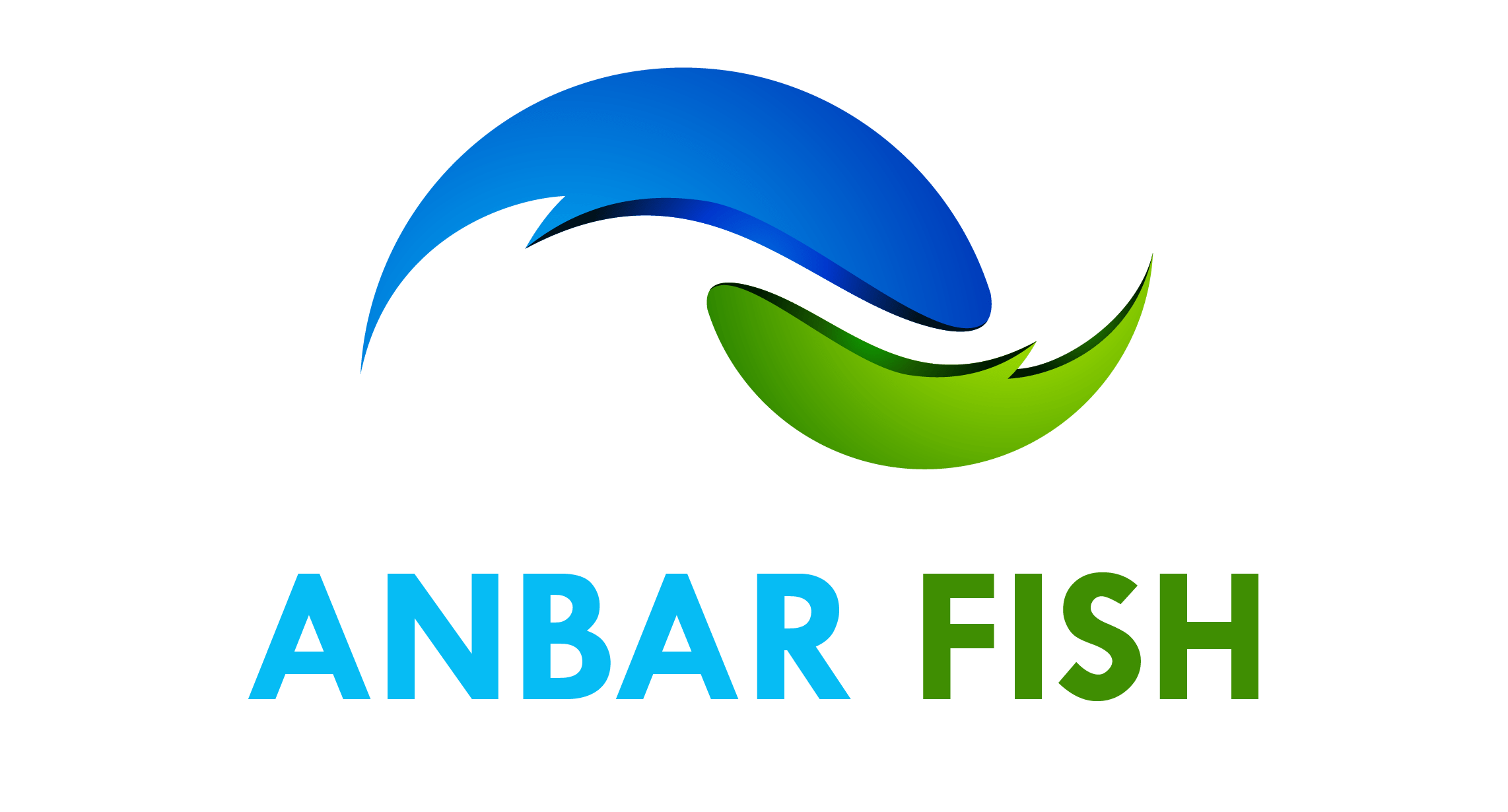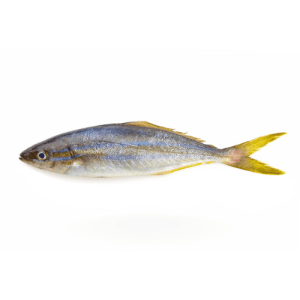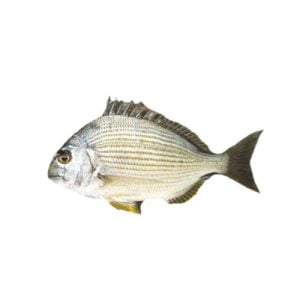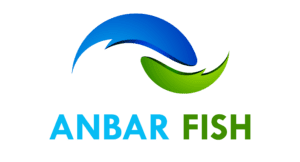Introduction
Terapon – Ghinghra or also known as Crescent Grunter is known as Ginghra locally. This low prized fish is abundant in Arabian sea and is often used in replacement of Mushka and Dandia.
The terapon – Ghinghra is usually preferred by fish frying vendors because of its low price and long shelf life. This species is omnivorous, feeding on fishes, algae, and benthic invertebrates, but is also known to bite scales from other fish.
Flavor Profile
Although terapon has plenty of protein and amino acids, it is not very rich in flavor and aroma and hence is considered a low-value fish.
Nomenclature
English Name: Terapon, Terapon Jarbua
Local Name: Baam
Scientific Name: Terapon theraps
Habitat
Terapon is a Sea fish that lives in inshore waters, sometimes entering brackish waters.
Catching Method
Terapon (Ginghra) is caught using Gillnets & Bottom Trawls.
Physical Attributes
Terapon (Ginghra) has scales on the body. It’s a medium-sized grunter with an oblong body that is moderately laterally compressed. The oblique mouth is oblique with the jaws being of equal length and the maxilla reached the level of the front edge of the eye in juveniles and the center of the eye in adults.
Color
Terapon (Ginghra) has fawn color on top, cream-colored below, with a dark nape, and three or four curved dark brown bands run from the nape to the hind part of the body
Size
On average, the Terapon (Ginghra) size range is 100 to 300 gram per fish. However, other sizes are also occasionally available.
Cutting Preferences
Terapon (Ginghra) is preferred for whole & gutted cutting.
Approx. Cutting Yields
Whole: 100%
Gutted: 80%
Headless and Gutted: 70%
Slices: 77%
Boneless: 33%
Cooking Preferences
Since Terapon (Ginghra) has not much of its own flavor, it is preferred for deep frying with strong flavors and herbs.
Health Benefits
Heart friendly
Lowers Blood Pressure
Improves Immune System
Strengthens the bones
Improves Skin and Hair health







There are no reviews yet.